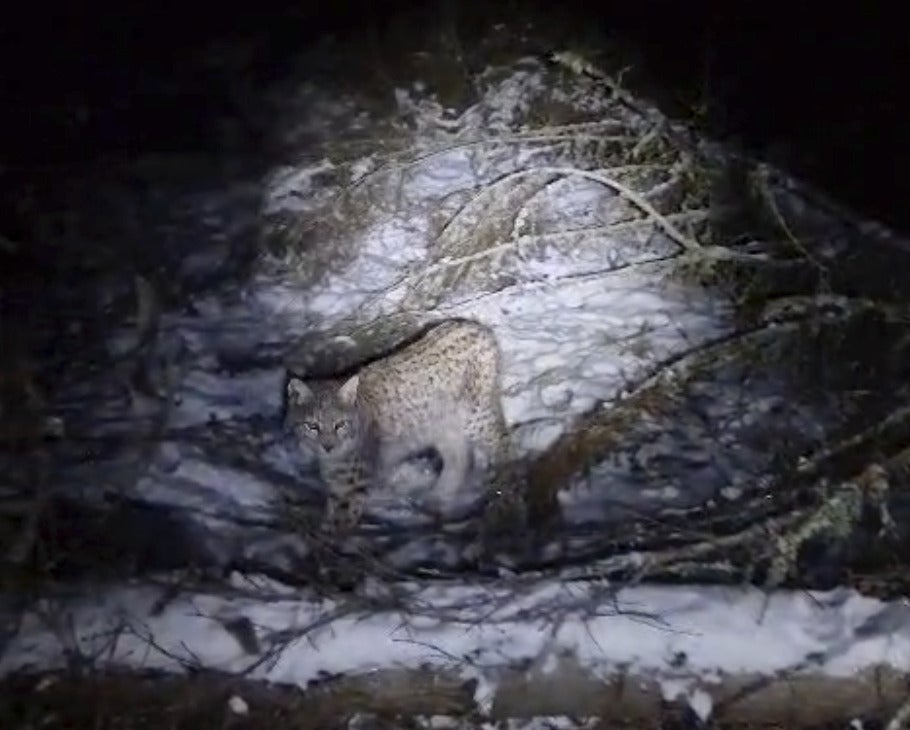Europe’s third largest predator on the loose in Scotland
Share:
Two lynx which were illegally released into a Scottish Highlands have been captured. Despite being up to 3ft long, the large cats are known for ambush hunting prey on animals more than twice their size. This includes red deer living in the Cairngorms National Park near Inverness and Aberdeen.
![[Lynx in green forest with tree trunk. Wildlife scene from nature. Playing Eurasian lynx, animal behaviour in habitat. Wild cat from Germany. Wild Bobcat between the trees; Shutterstock ID 1842293665; purchase_order: -; job: -; client: -; other: -]](https://metro.co.uk/wp-content/uploads/2025/01/SEI_235395859-5b39.jpg?quality=90&strip=all&w=646)
Now, the pair of lynx are being cared for in quarantine facilities at the Highland Wildlife Park in the Cairngorms before being transferred to Edinburgh Zoo, where their health and welfare will be assessed. RZSS chief executive David Field said: ‘We condemn the illegal release of these lynx in the strongest possible terms. It was a highly irresponsible act and it is very unlikely they would have survived in the wild due to a lack of adequate preparation.
![[Two lynx on the loose in Scotland]](https://metro.co.uk/wp-content/uploads/2025/01/SEI_235395802-131f.jpg?quality=90&strip=all&w=646)
‘Their abandonment was reckless to the animals, the public, the community and nature. For now, we have named them the Killiehuntly Two and thankfully they appear to be in good health.’. Europe’s third largest predator, after brown bears and wolves, the spotted cats have been extinct in the wild in Britain for 1,300 years due to hunting and habitat loss.
Lynx has become a focus for rewilding campaigners who say they can keep deer populations in check, reducing damage to woodlands and allowing trees to grow. A population of around 400 could feasibly survive in the Scottish Highlands at present, with this figure rising as woodland increases, Rewilding Britain claims.





















